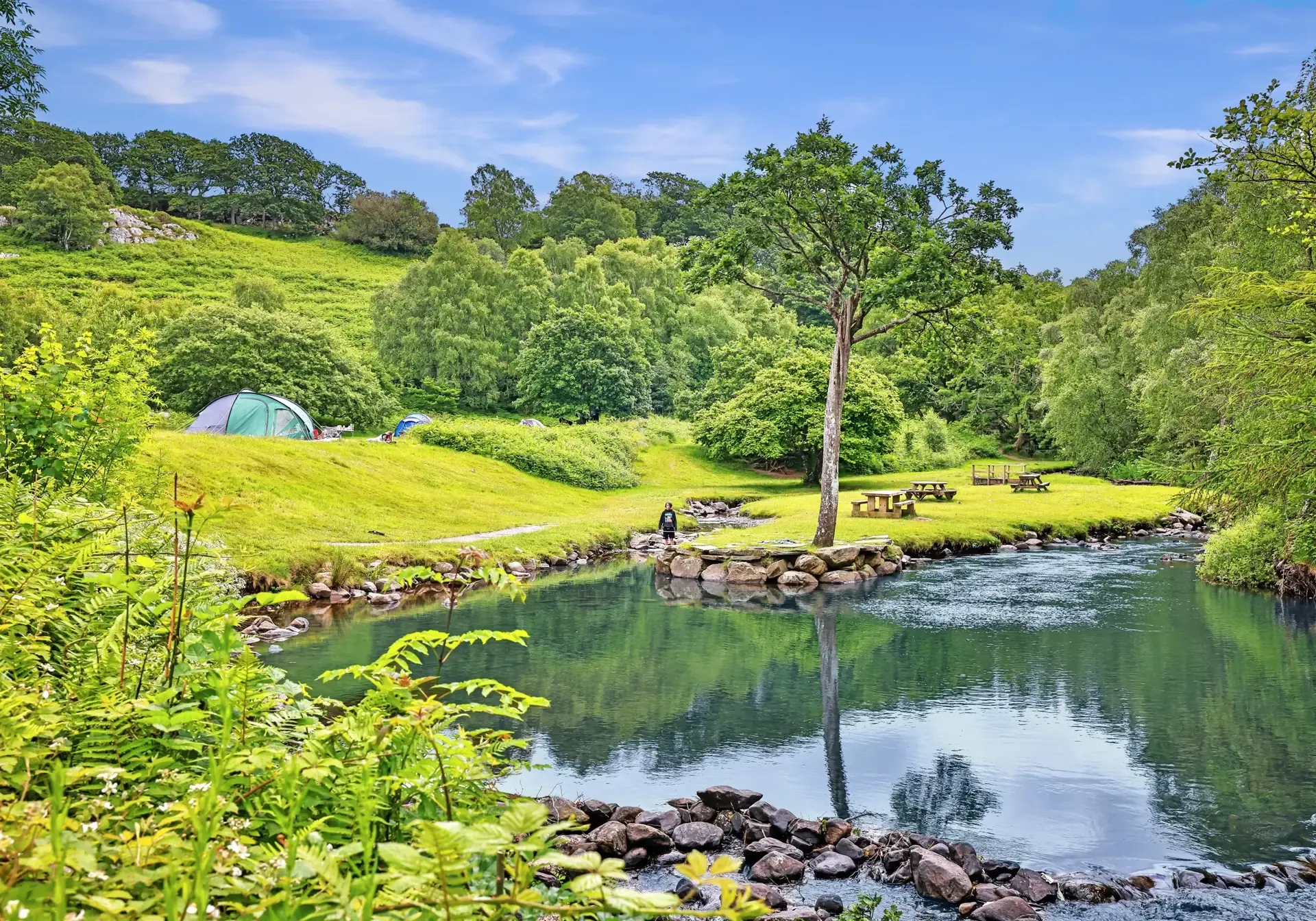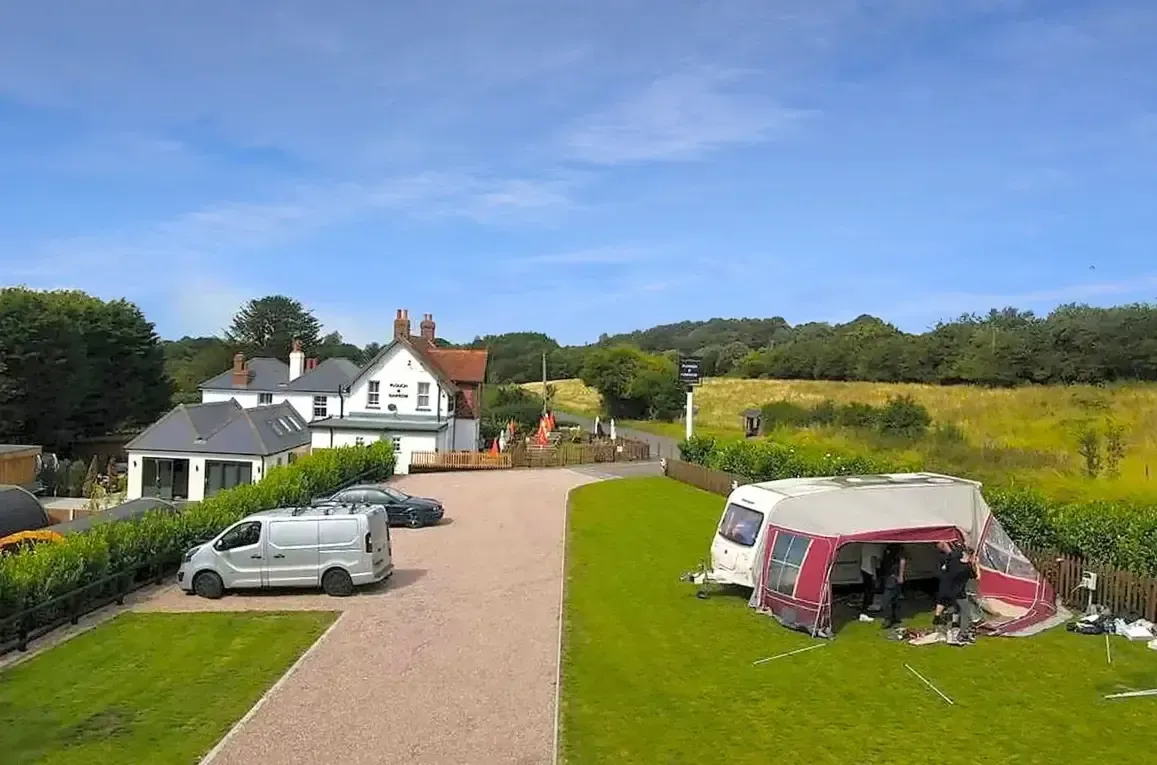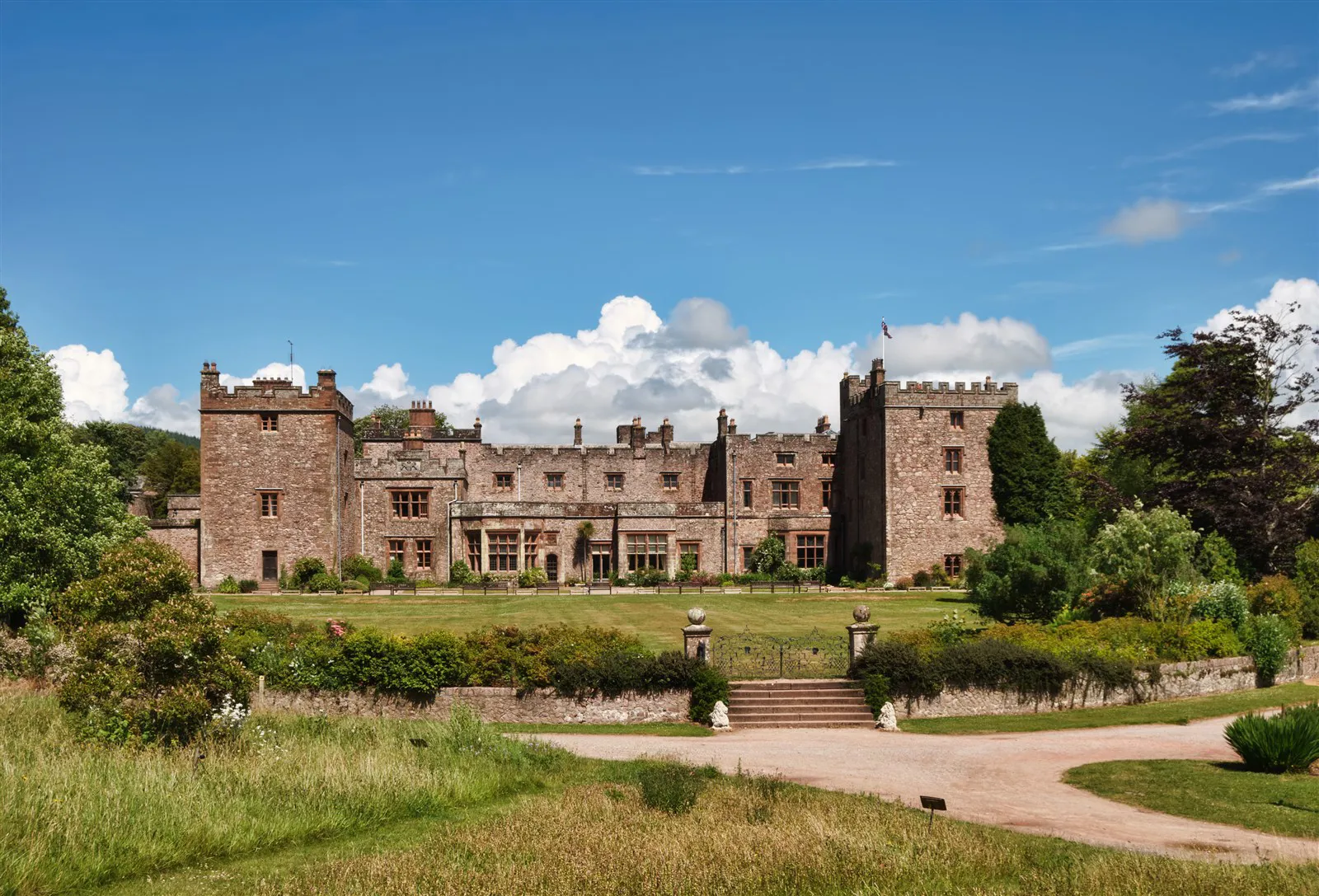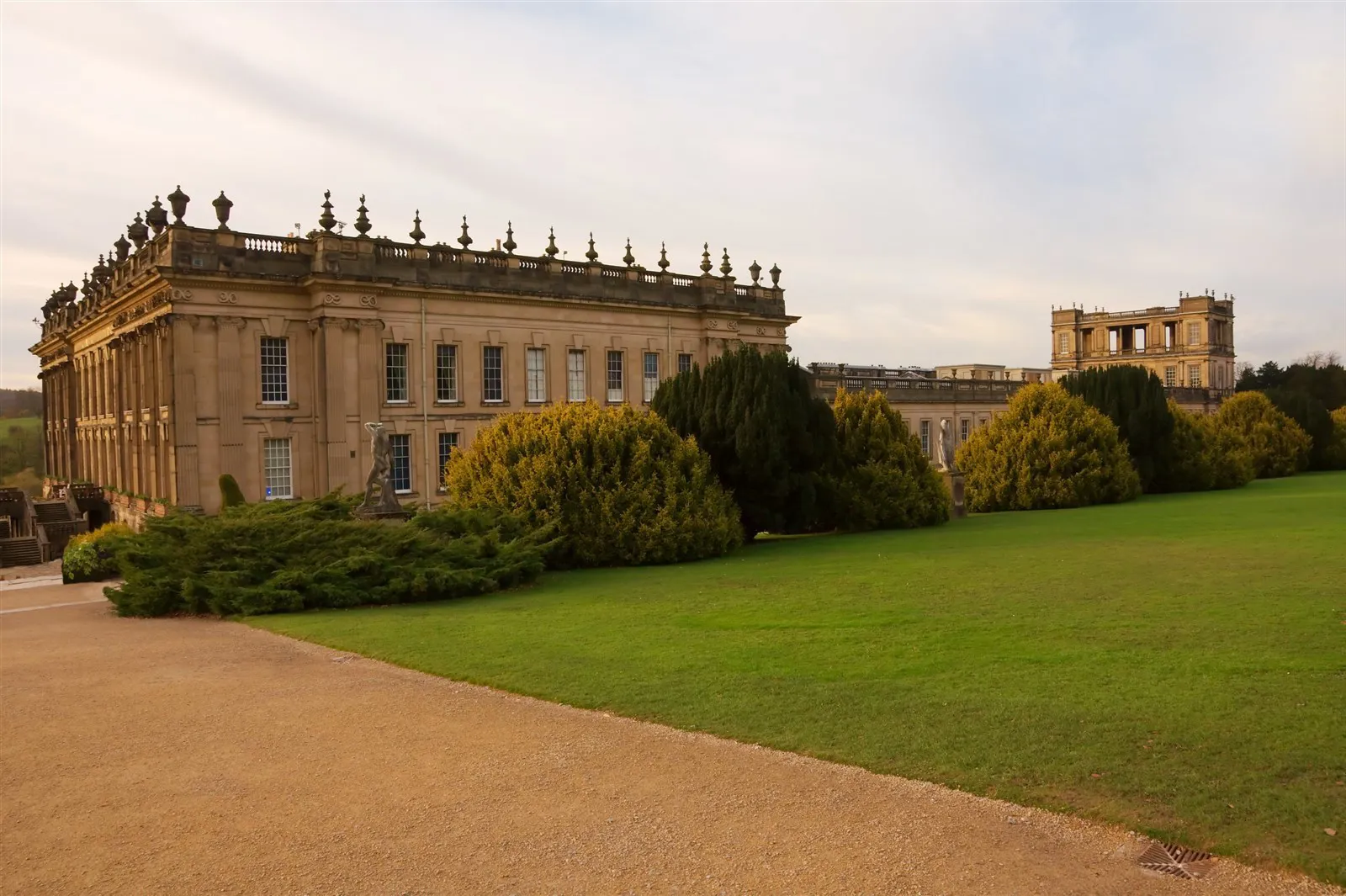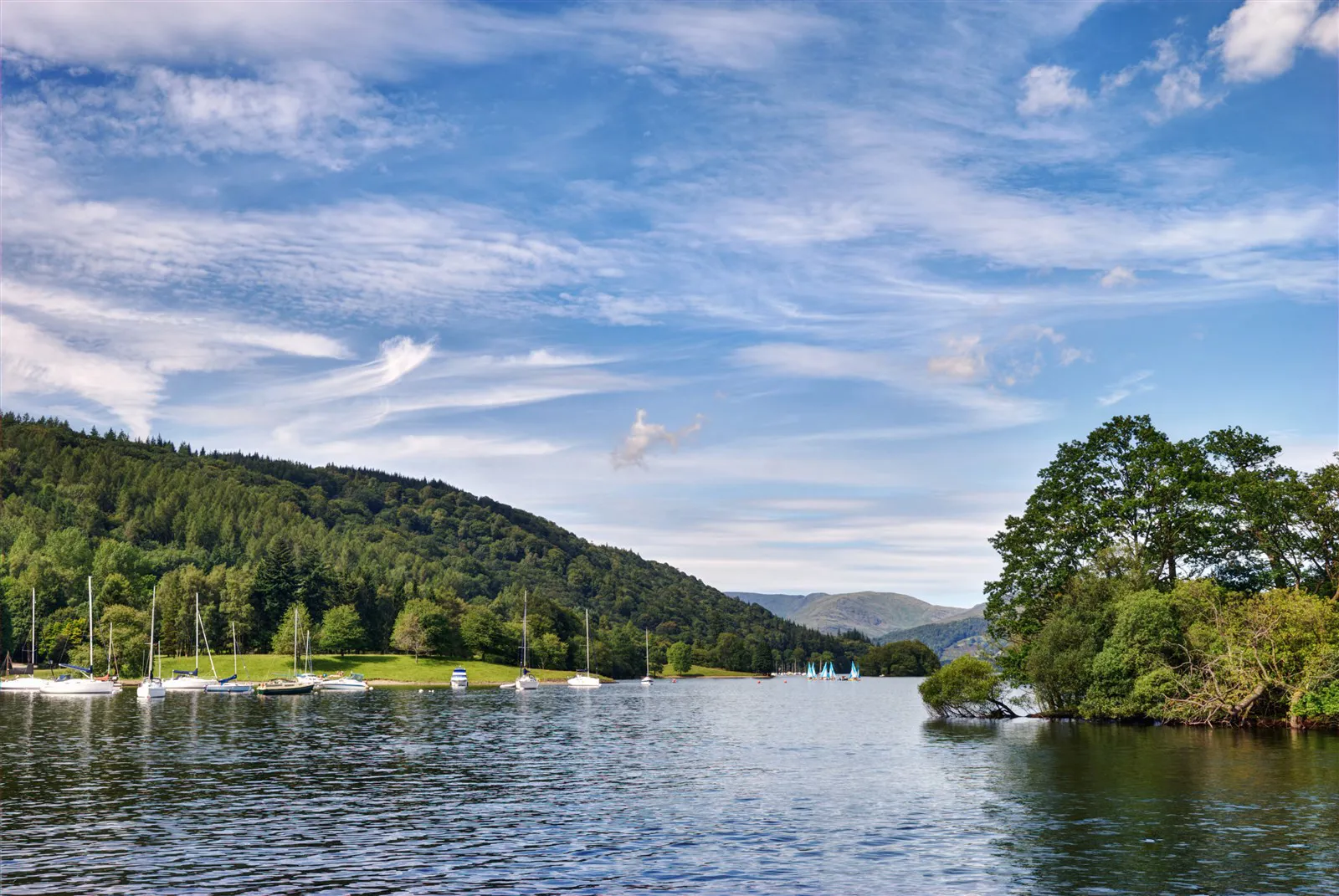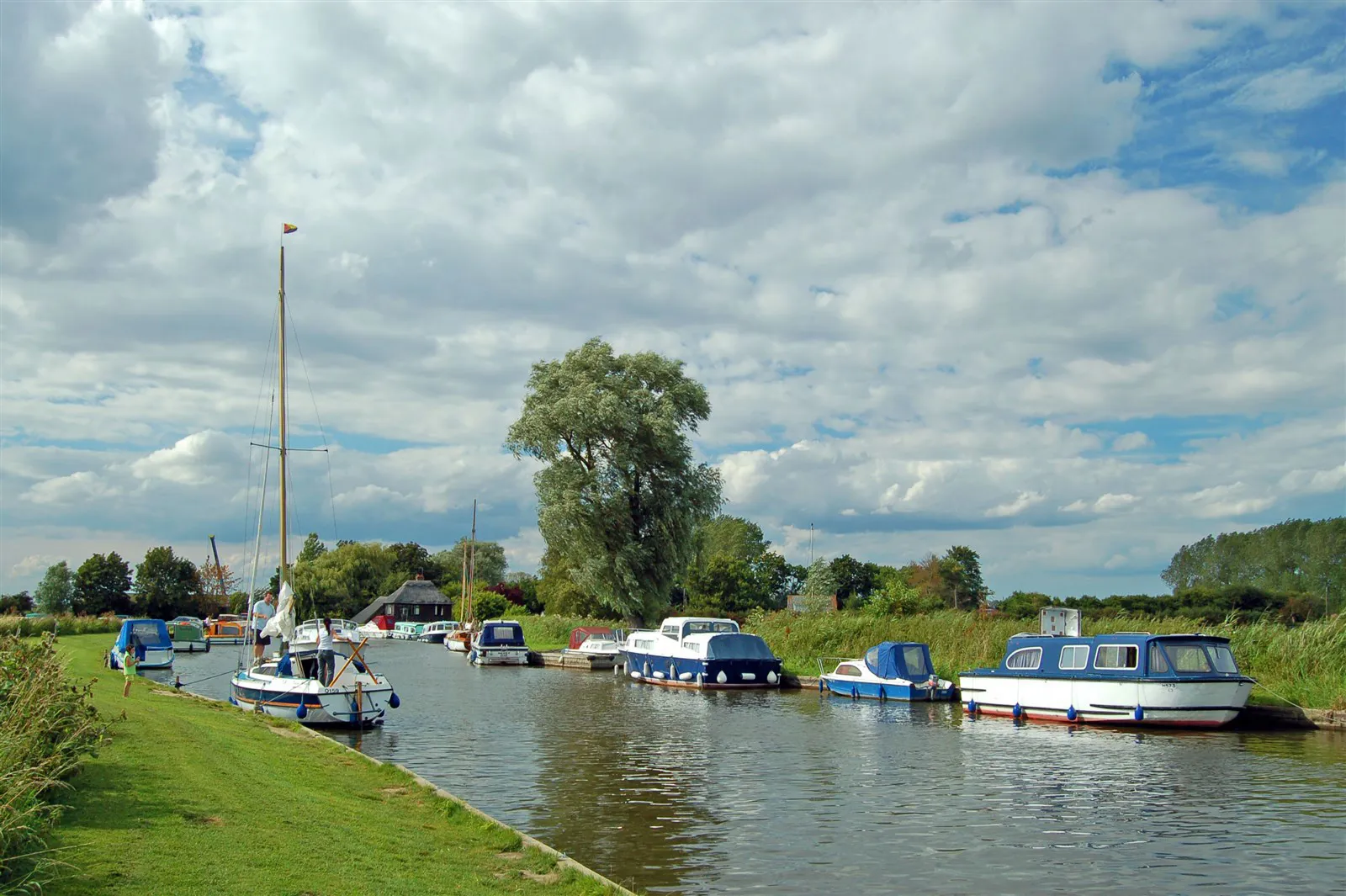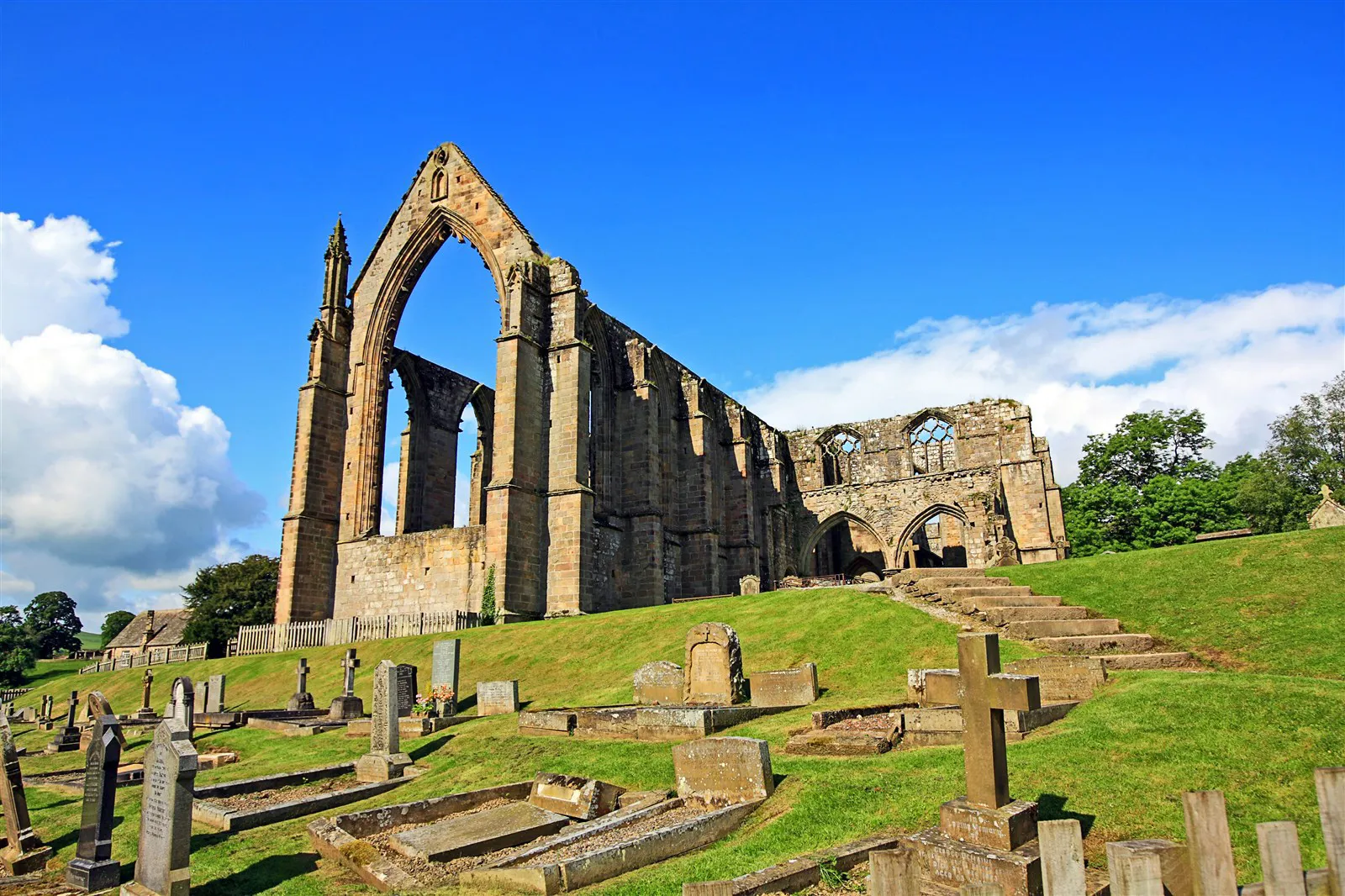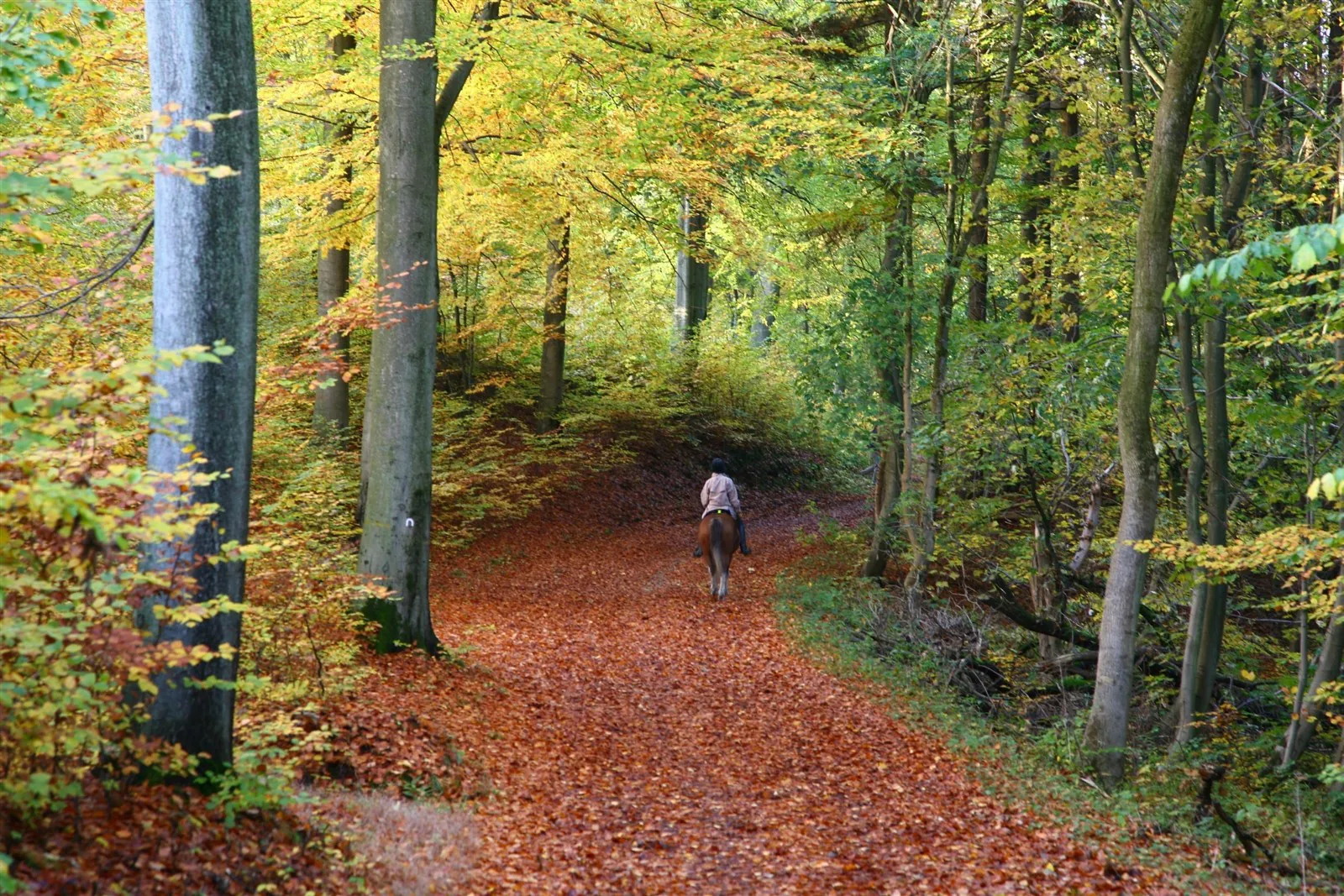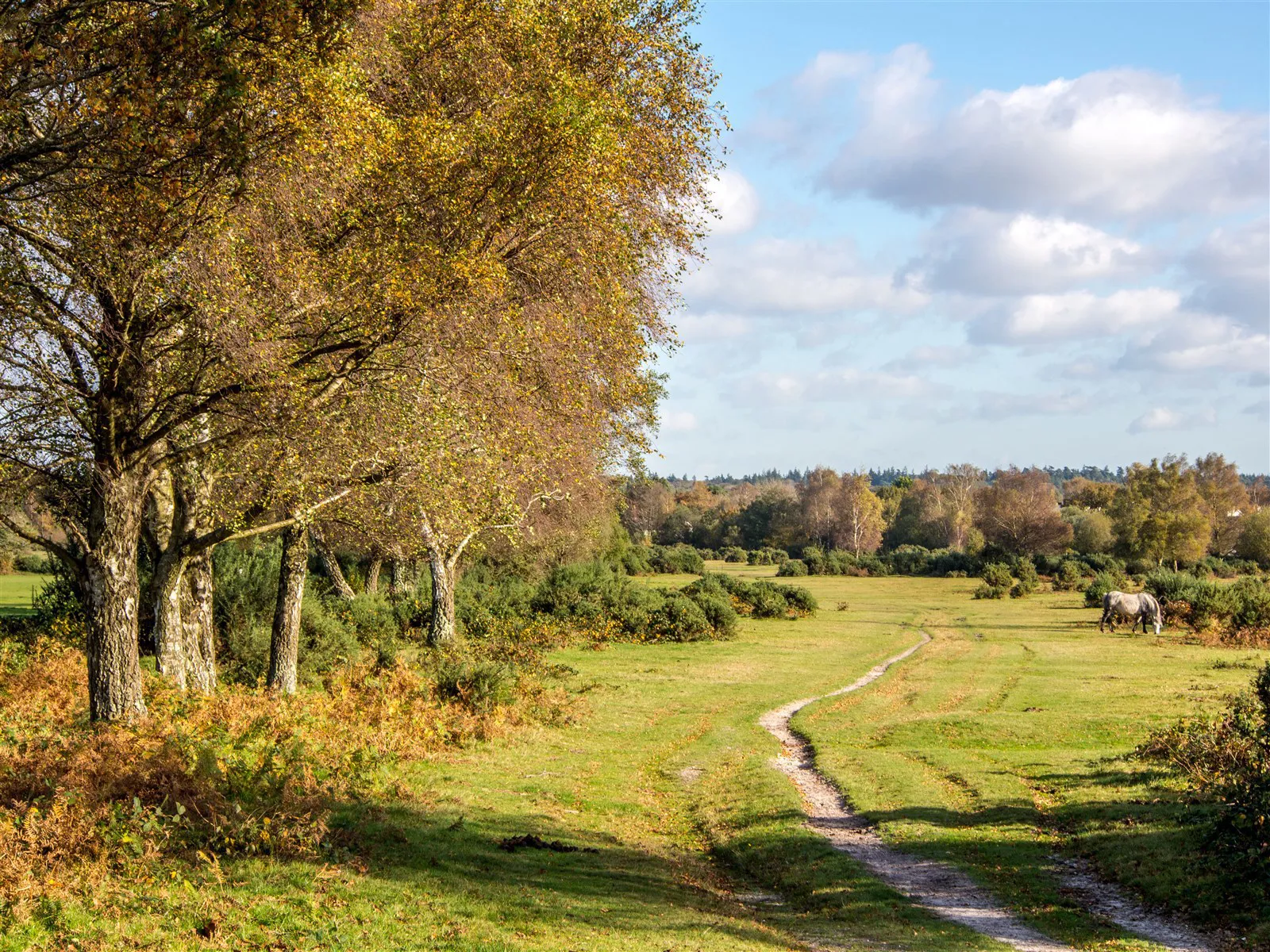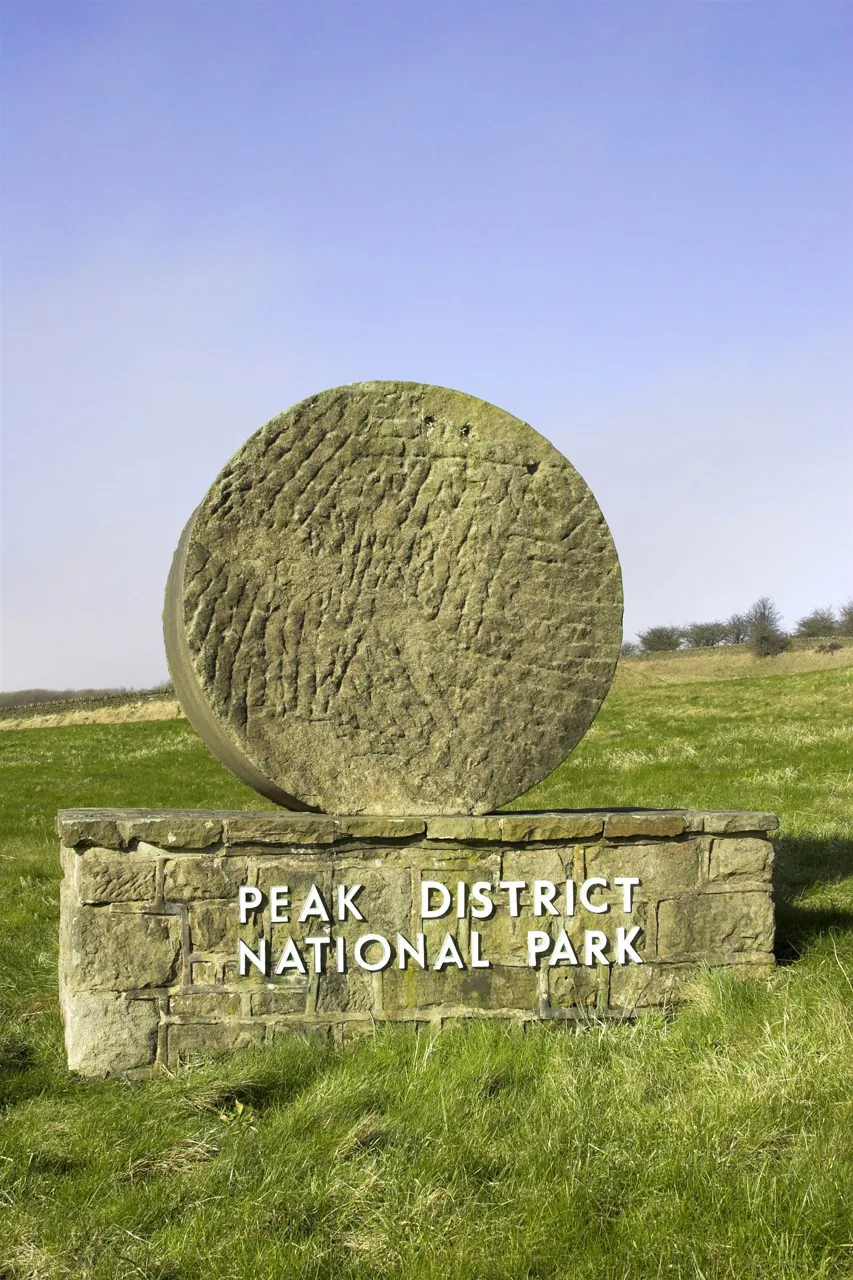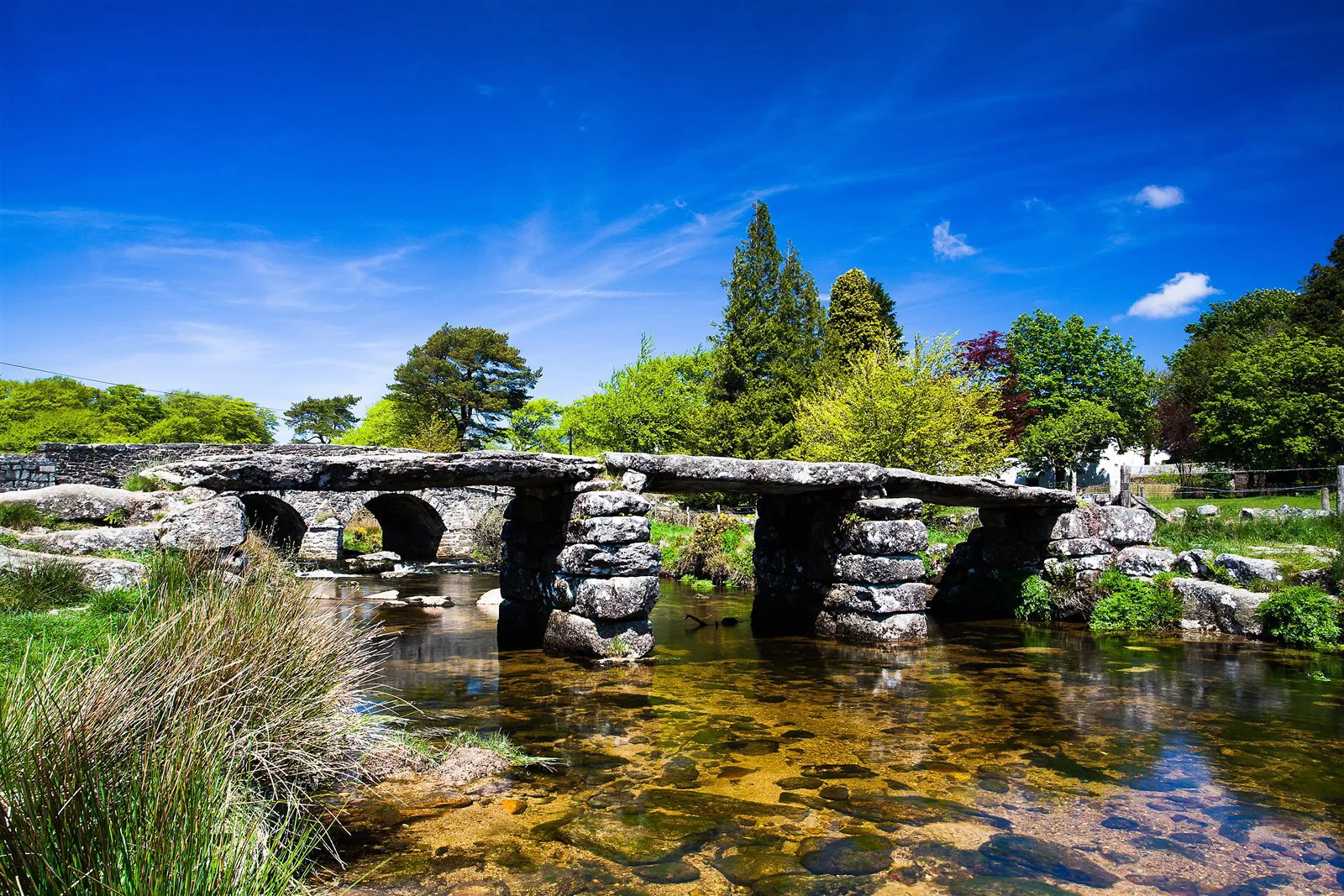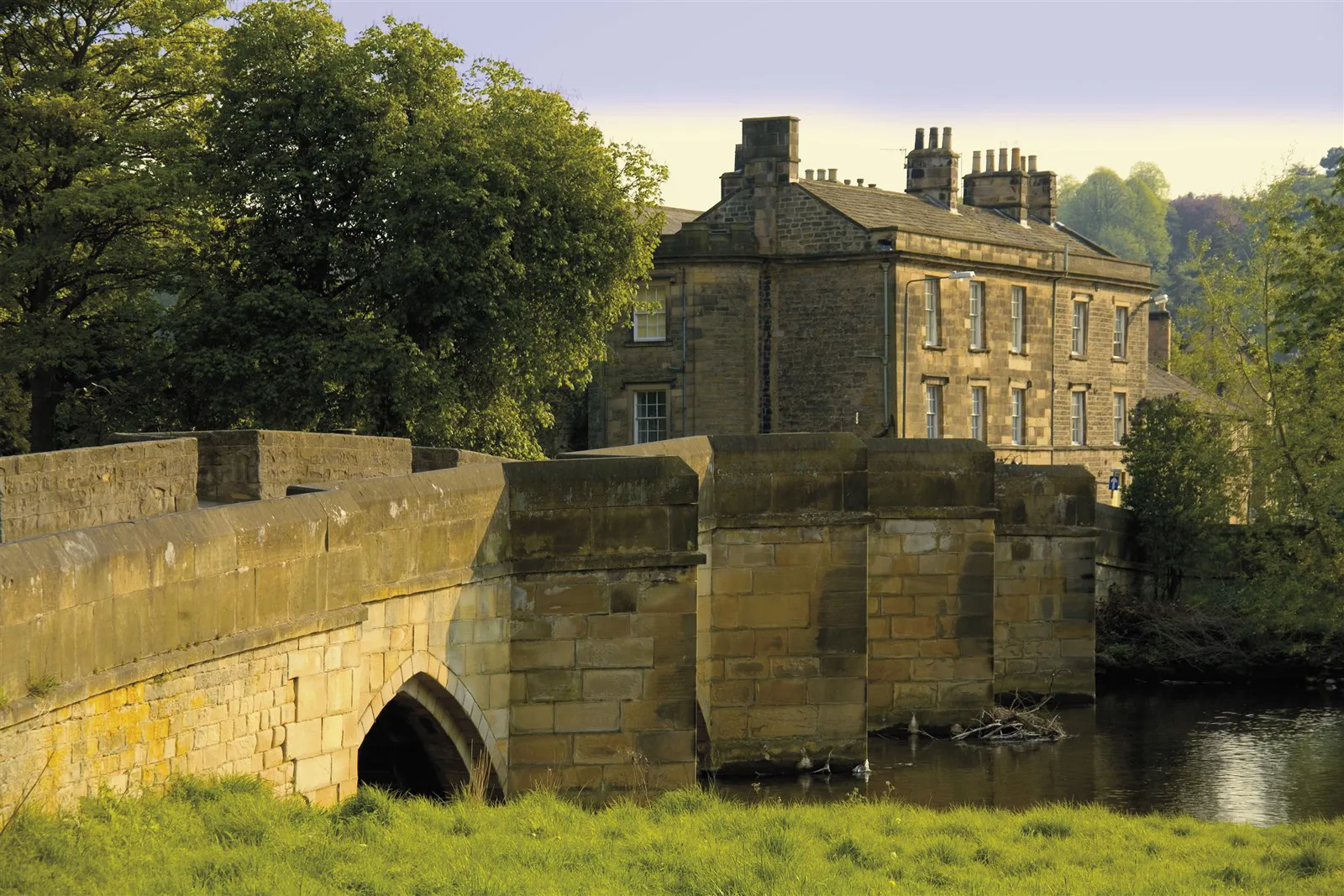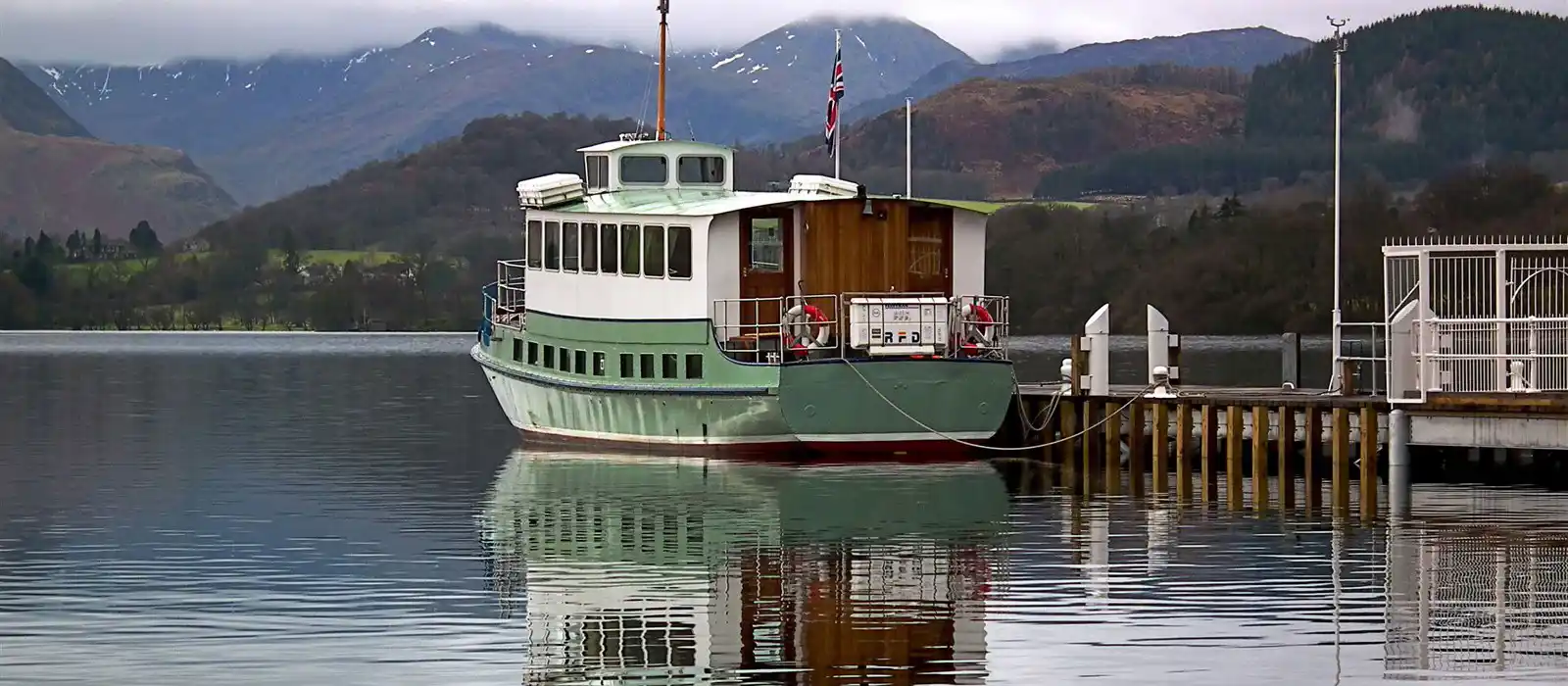
Several bizarre Lake District facts for you to share
Everyone has heard of the Lake District National Park and nearly everyone knows about the rolling hills and the stunning views. But not everyone will know these ten bizarre Lake District facts!
Use them to amuse your travel companions!
The Lake District actually only has one lake
Ask anyone what they think there is to see in the Lake District National Park and they will undoubtedly answer "lakes." But they would be wrong! In reality, there is only one official ‘lake’ in the whole park! Lake Bassenthwaite, near Cockermouth, is the only body of water with 'lake' in its name. All others
In total, there are 16 main bodies of water. Larger bodies have 'mere' or 'water' in their name, while smaller ones (such as Blelham Tarn) are generally denoted using 'tarn'. These are the 16 largest, in order of decreasing size:
- Windermere
- Ullswater
- Derwentwater
- Bassenthwaite Lake
- Coniston Water
- Haweswater
- Thirlmere
- Ennerdale Water
- Wastwater
- Crummock Water
- Esthwaite Water
- Buttermere
- Grasmere
- Loweswater
- Rydal Water
- Brotherswater
The Lakes cover 912 square miles, 26 miles of coastline and measures 36 miles wide and 40 miles in length.
It has the longest body of water in England
Windermere is possibly the most famous body of water in the Lake District, and at 11.2 miles it is also the longest in England (one of several reasons that it's home to the Great North Swim). Walkers might like to try the scenic 45 mile circular route around it, via the Windermere Way.
And the deepest
Windermere isn’t the only record-holder in the national park. Wastwater is the deepest body of water in England, at an astonishing 74 metres. It is also remarkable in that is has no aquatic life, not even bacteria!
A gruesome example of how this affects the water is that in 1976 the body of a murder victim was dumped into the water, and after 8 years the body was found with absolutely no degradation, allowing police to bring the killer to justice!
There are lots of sheep!
On a slightly less gruesome note, the Lake District is populated by a huge number of sheep! The Herdwick breed is known for being hardy and strong in tough weather conditions and, managed in traditional ways, they thrive in the Lake District.
After tourism, agriculture is the region’s largest source of income, and Herdwick sheep are a huge part of this.
There are relatively few people though - just 18 per square kilometre.
Rare wildlife
Our beloved red squirrel is native to the woodland areas of the Lake District. The national park is one of the last remaining areas in the UK where you can still find them!
The red squirrel population has suffered ever since its larger cousin, the grey squirrel, was introduced into Britain from North America, but the Lake District is still a great place to spot them in the wild. Keep an eye out in the larger areas of coniferous woodland.
The national park is also home to a large variety of other rare or protected species of wildlife including red deer, Peregrine falcons, barn owls, Natterjack toads and Britain’s only nesting pairs of Golden Eagles and Ospreys.
It's inspirational
One of the most famous squirrels in the history of literature is Squirrel Nutkin, created by the writer and illustrator, Beatrix Potter. Potter was inspired by much of the Lake District’s wildlife for her stories, including the famous Peter Rabbit. She even bought her house, Hill Top cottage in Ambleside, with the profits of her first book!
Her house is now a National Trust property which you can visit, but be aware the house is closed to the public on Fridays and throughout winter.
The Lake District also inspired poet William Wordsworth. Wordsworth’s most famous work is probably Daffodils, but he was so inspired by his local scenery that he even published the Guide to the Lakes in 1810.
It has England’s highest peaks
There are over 200 fell tops in the Lake District, making it a haven for enthusiastic hill walkers. The area is home to England’s highest peaks, with Scafell Pike at the top of the list at a whopping 3,210 feet.
The 10 highest mountains in the Lakes are:
- Scafell Pike (3210 feet)
- Scafell (3162 feet)
- Helvellyn (3114 feet)
- Skiddaw (3053 feet)
- Great End (2986 feet)
- Bowfell (2940 feet)
- Great Gable (2960 feet)
- Pillar (2926 feet)
- Nethermost Pike (2923 feet)
- Catstycam (2917 feet)
Browse and book a camping pitch near Helvellyn for your trip.
It's also home to Viking wrestling traditions!
Like other popular tourist areas of the UK, the Lake District has its own rich history and many vivid traditions.
One of the more bizarre traditions still taking place today is Cumberland and Westmorland wrestling, which dates to the Viking era. Also known as Cumbrian Wrestling, there are many events taking place throughout the year.
The park contains the wettest inhabited place in England
The Lake District National Park is England's largest and covers 2292 square kilometres or 885 square miles. It’s also home to England’s wettest inhabited place. Seathwaite sees approximately 140 inches of rainfall each year, a whopping 356 centimetres!
A quarter of the UK’s population visit each year
The Lake District is hugely popular! On top of the 40,000 people who live within the park boundaries, it welcomes over 17 million visitors a year. That’s a quarter of the United Kingdom’s total population of around 60 million people, spending £1.2bn.
So there we have it, ten bizarre facts you may not have known about the Lake District!
If you're thinking of visiting, browse our list of great campsites in the Lakes to find somewhere to stay.
Download our list of everything of you need to remember for the perfect camping trip!
DownloadThese ideas for days out, places to visit and other experiences offer something for everyone.
Browse Ideas